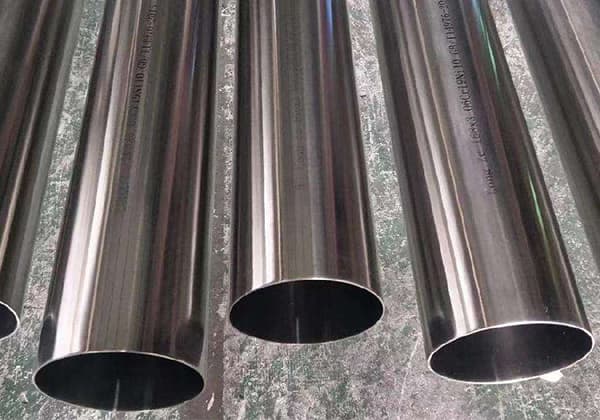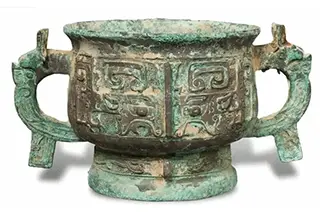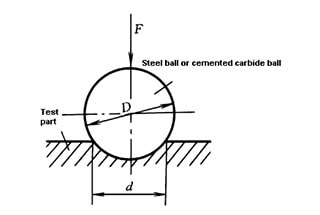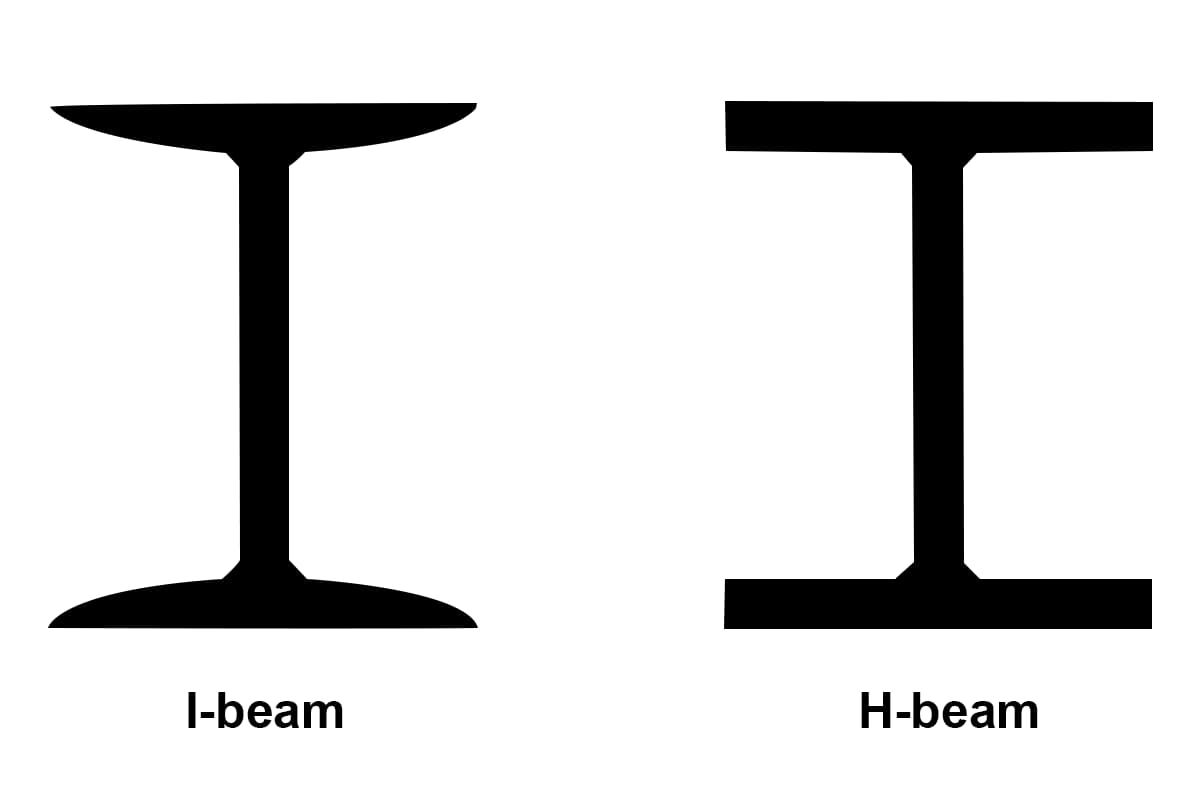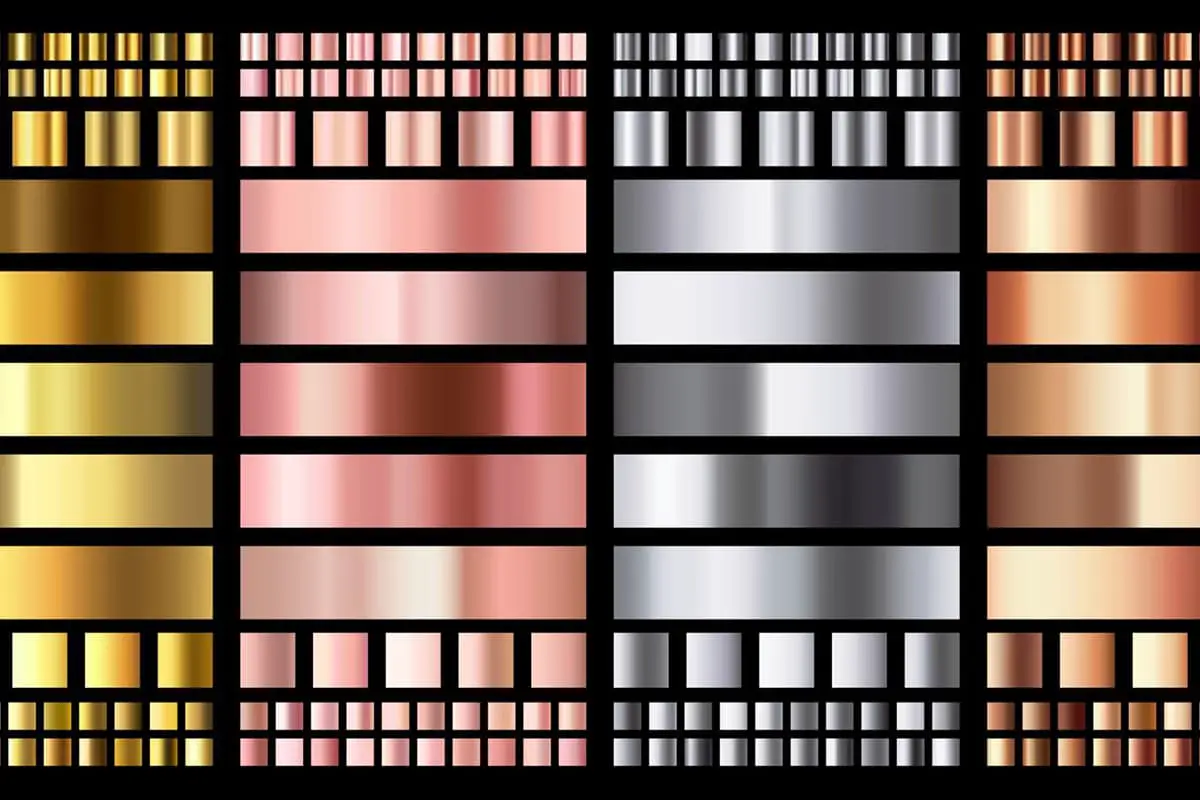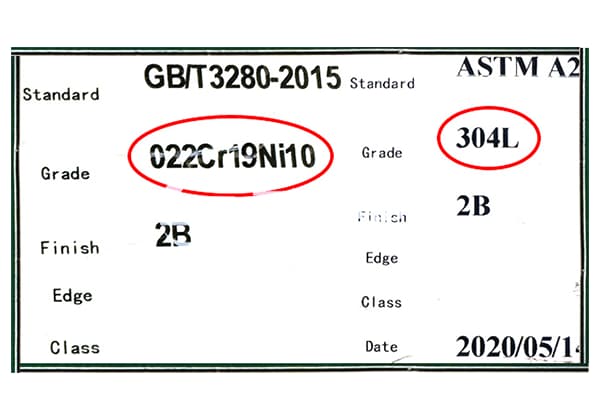
What is 4140 steel? 4140 (G41400) steel belongs to ultra-high strength steel, and the executive standard is ASTM A29M UNS-2012 (Standard Specification for general requirements of hot forged carbon steel and alloy steel bars). This steel has good machinability, small processing deformation and good fatigue resistance, and is a medium and high hardenability steel. This steel […]
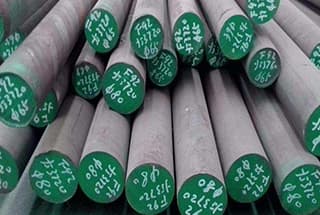
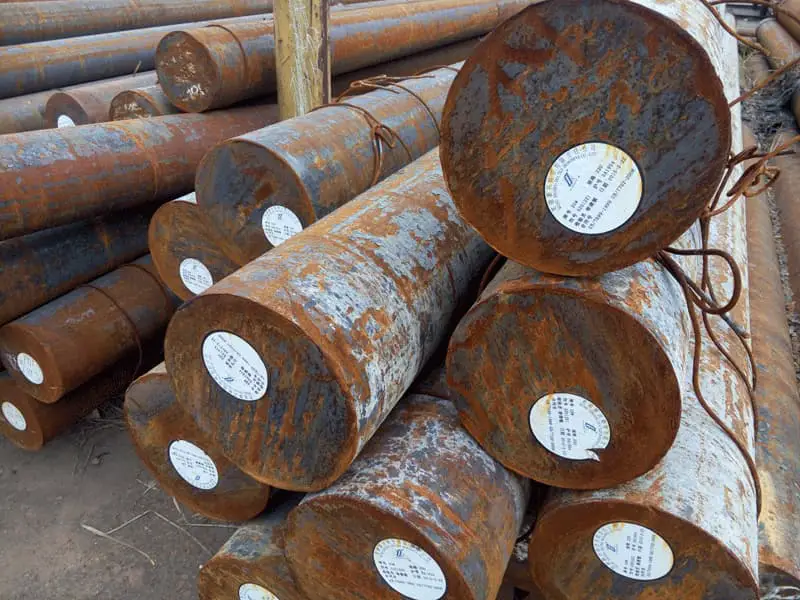
4140 (G41400) steel belongs to ultra-high strength steel, and the executive standard is ASTM A29M UNS-2012 (Standard Specification for general requirements of hot forged carbon steel and alloy steel bars).
This steel has good machinability, small processing deformation and good fatigue resistance, and is a medium and high hardenability steel.
This steel has good workability.
The processing deformation is small, and the fatigue resistance is quite good.
It is a medium hardenability steel.
4140 has good strength and comprehensive mechanical properties after heat treatment, and has good processability and high yield.
The maximum operating temperature is 427 ℃
4140 has high strength, hardenability, good toughness, small deformation during quenching, no obvious tempering brittleness, high fatigue limit and multiple impact resistance after quenching and tempering treatment, and good low-temperature impact toughness.
It has high creep strength and endurance strength at high temperature.
It is used to manufacture forgings with higher strength and larger quenching and tempering cross-section than 35CrMo steel, such as large gear for locomotive traction, transmission gear of supercharger, rear axle, connecting rod and spring clamp with great load, drill pipe joint and fishing tool for oil deep well below 2000m, and mold for bending machine.
| Element | Composition |
|---|---|
| Carbon (C) | 0.38 – 0.45 |
| Silicon (Si) | 0.17 – 0.37 |
| Manganese (Mn) | 0.50 – 0.80 |
| Phosphorus (P) | ≤ 0.035 |
| Sulfur (S) | ≤ 0.035 |
| Chromium (Cr) | 0.9 – 1.20 |
| Nickel (Ni) | ≤ 0.30 |
| Molybdenum (Mo) | 0.15 – 0.25 |
| Copper (Cu) | ≤ 0.30 |
| Mechanical Property | Specification |
|---|---|
| Tensile Strength (σb) [MPa] | ≥ 1080 (110) |
| Yield Strength (σs) [MPa] | ≥ 930 (95) |
| Elongation (δ5) [%] | ≥ 12 |
| Reduction of Area (ψ) [%] | ≥ 45 |
| Impact Energy Akv [J] | ≥ 63 |
| Impact Toughness (αkv) [J/cm²] | ≥ 78 (8) |
| Hardness [HB] | ≤ 217 |
| Sample Size | 25mm blank size |
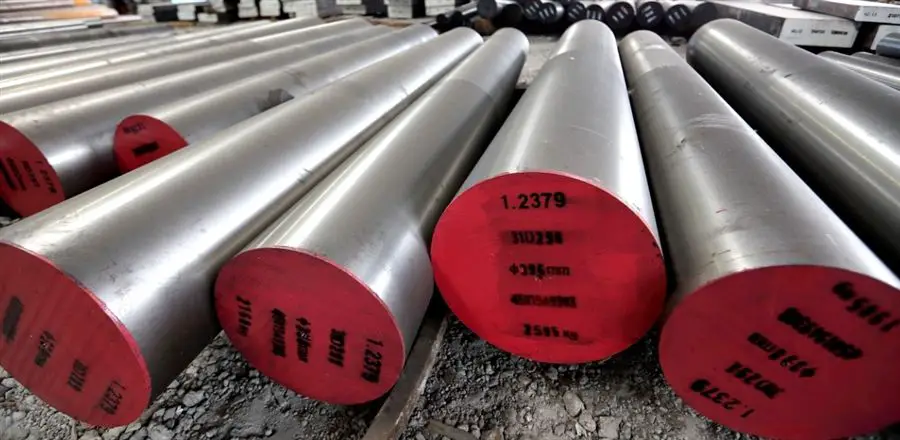
AISI 4130 alloy steel (UNS G41300), executive standard: ASTM A29 / A29M-04.
4130 structural steel has high strength and toughness, high hardenability, and critical hardenability diameter in oil is 15-70mm;
The thermal strength of the steel is also good. It has sufficient high temperature strength below 500 ℃, but its strength decreases significantly at 550 ℃;
When the alloy element is at the lower limit, the welding is quite good, but when it is near the upper limit, the weldability is medium, and it needs to be preheated to above 175 ° C before welding;
The steel has good machinability and moderate plasticity during cold deformation;
There is the first type of temper brittleness in the range of 300-350 ℃ during heat treatment;
There is a tendency to form white spots.
This kind of steel is usually used in the quenched and tempered state.
When the carbon content is lower than the lower limit, it can also be used as the carburized steel with high core strength.
In the medium-sized machinery manufacturing industry, it is mainly used to manufacture quenching and tempering parts with large cross-section and working under high stress conditions, such as shafts, spindles, and control wheels, bolts, studs and gears under high loads;
In the chemical industry, it is used to manufacture welded parts, welded structures composed of plates and pipes, and high-pressure pipes with a temperature of not more than 250 ℃ working in the medium containing nitrogen and hydrogen;
It is used for manufacturing fasteners under 450 ℃ and flanges and flange covers under high pressure under 500 ℃ in steam turbine and boiler manufacturing industry.
AISI 4130 is mainly applied to: in the medium-sized machinery manufacturing industry, it is mainly used to manufacture quenched and tempered parts with large cross-section and working under high stress conditions, such as shafts, spindles and operating wheels, bolts, studs and gears under high loads.
AISI 4130 alloy steel contains chromium and molybdenum as reinforcing agents.
It has a low carbon content and is therefore easy to weld.
| Element | Composition |
|---|---|
| Carbon (C) | 0.28 – 0.33 |
| Silicon (Si) | 0.15 – 0.35 |
| Manganese (Mn) | 0.40 – 0.60 |
| Sulfur (S) | Allowable Residual ≤ 0.040 |
| Phosphorus (P) | Allowable Residual ≤ 0.035 |
| Chromium (Cr) | 0.80 – 1.10 |
| Nickel (Ni) | Allowable Residual ≤ 0.030 |
| Copper (Cu) | Allowable Residual ≤ 0.030 |
| Molybdenum (Mo) | 0.15 – 0.25 |
| Mechanical Property | Specification |
|---|---|
| Tensile Strength (σb) [MPa] | ≥ 930 (95) |
| Yield Strength (σs) [MPa] | ≥ 785 (80) |
| Elongation (δ5) [%] | ≥ 12 |
| Reduction of Area (ψ) [%] | ≥ 50 |
| Impact Energy Akv [J] | ≥ 63 |
| Impact Toughness (αkv) [J/cm²] | ≥ 78 (8) |
| Hardness [HB] | ≤ 229 |
| Sample Size | 25mm blank size |
| Heat Treatment Specification | Quenching at 880°C, water or oil cooling; Tempering at 540°C, water or oil cooling. |
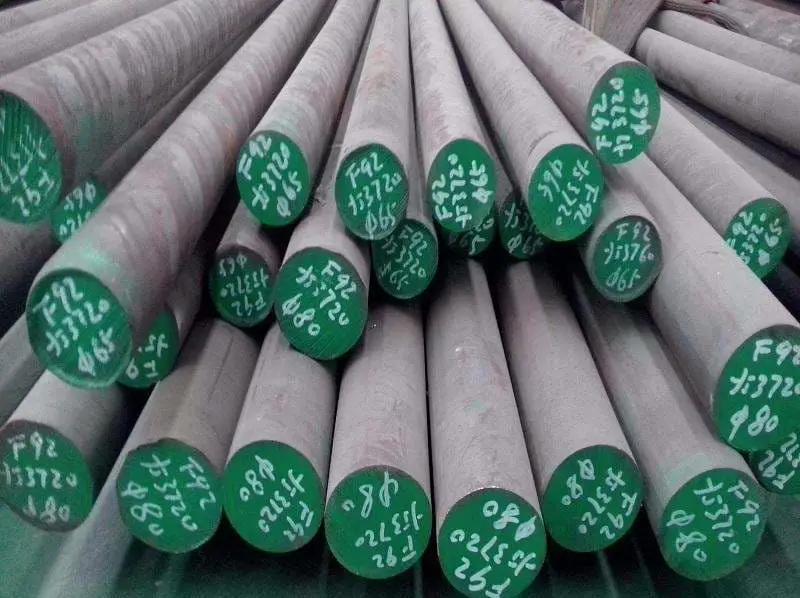
4140 is an American steel grade, equivalent to China’s alloy structural steel 42CrMo, and 4130 is an American steel grade, equivalent to China’s 30CrMo.

